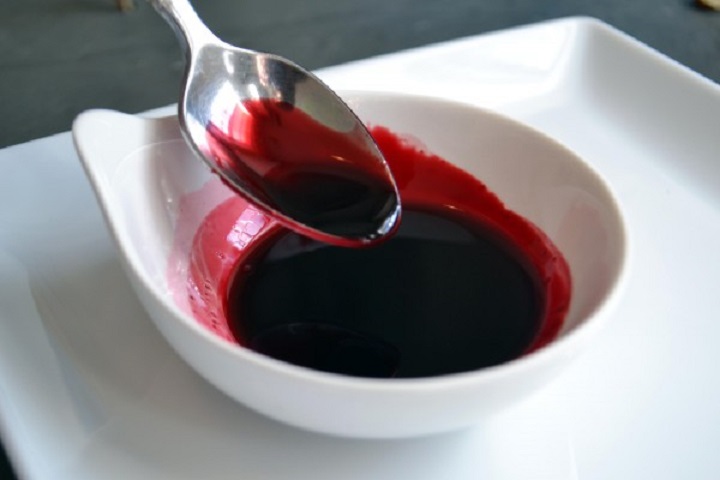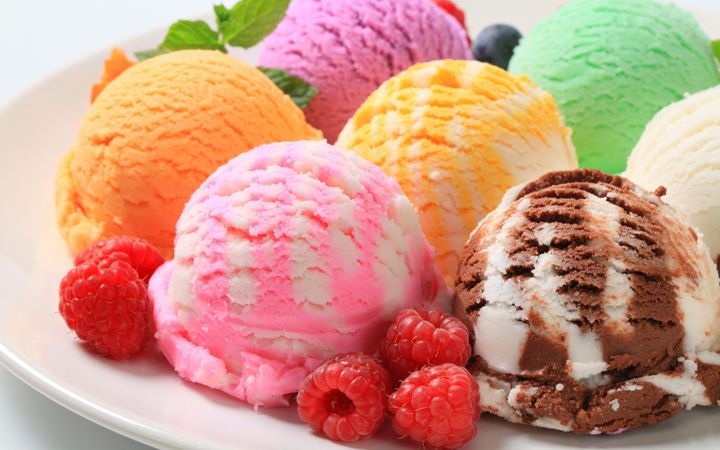
In 2011, the federal Food and Drug Administration's (FDA) advisory committee held a meeting to discuss formally the health and safety standards regarding artificial food dyes and the possible link to behavioral problems. The meeting was in response to mounting pressure from doctors and consumer advocates - particularly the Center for Science in the Public Interest - and sought to determine whether or not food should come with additional warning labels or more testing was needed.
While the meeting did not result in any significant changes in legislation or regulation, concerns over the possible link between food coloring, artificial additives, and behavioral problems in children is a growing one. But at this time, there are no natural alternatives that can meet the needs of the food industry and replace the most common dye of all - red food dye #40. Not only are natural food colorants unstable compared to artificial ones, but they are also often too expensive and present health concerns of their own.
Hence why Viveri Food Colors, a division of the Day-Glo Corporation, has launched the Natural Red Food Color Challenge. With a prize of $100,000, the company is looking for a clean, safe, and natural alternative to red food coloring that can be used for applications ranging from baked goods and cereals to drinks, pet foods, and other food products. This coloring will need to be able to compete with current artificial dyes, offering safety, stability and cost-effectiveness.

Natural food colorings, like beet juice, are a popular alternative to red food dye #40, but do not offer the same commercial benefits. Credit: foodhighs.com
In addition, the Challenge seeks to address another major issue when it comes to natural alternatives, which is the issue of ambiguity. All too often, the food industry has used the term "clean label" to market products that contain a limited number of recognizable ingredients, but still rely on artificial additives and food dyes. This is a calculated move, designed to avoid the legal implications of terms like "natural" or "organic," while still conveying the illusion of offering a natural product.
Hence, the Natural Red Food Color Challenge is not only hoping to inspire the creation of a natural food coloring that can do the job of an artificial dye (specifically red food dye), they are also looking for one that will conform to the definition of "clean label." In short, it must be effective, but also be recognizable to the consumer as something natural that they would have no qualms about putting in their body.
This past April 1st, the competition officially kicked off and has already attracted several innovators, hailing from across the US as well as Denmark and India. The competition will remain open to registrants until May 1st, 2016; and by September 1st, all submissions are to be made, and the judging process will begin. So if you are interesting in competing and taking a shot at the $100,000 prize, there is still time to join!
Do you have ideas for how a natural, "clean label" food coloring could replace artificial chemicals? Then head on over to the Natural Red Food Color Challenge and register to compete!
Top Image Credit: 6iee.com








